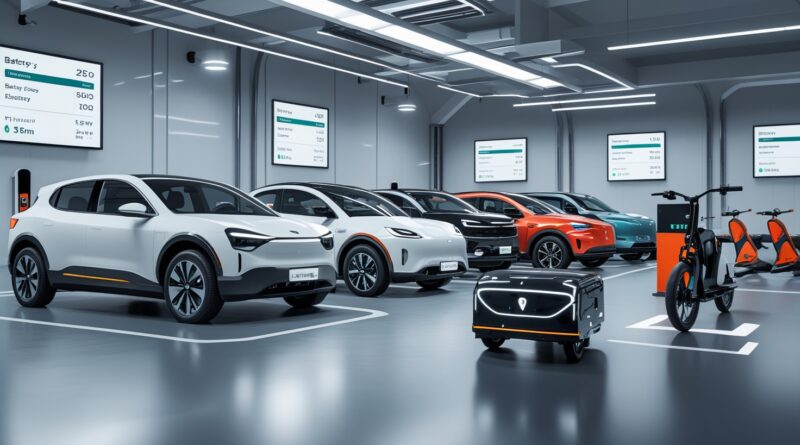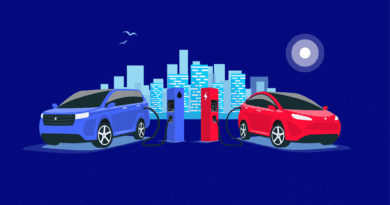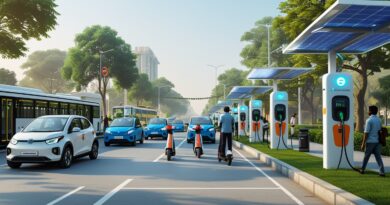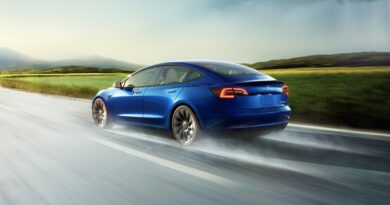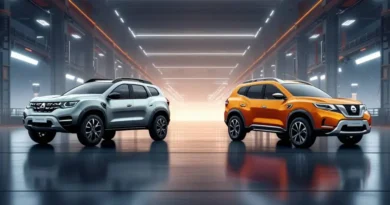A Look into the Specification of Electronic Vehicles
EVs are part of a growing vehicle market that runs on alternative energy sources. The benefits of electric vehicles include a smaller carbon footprint and lower operating costs. The disadvantages of electric vehicles include a limited driving range and a lack of infrastructure. The future of electric vehicles is uncertain, but they have the potential to play a significant role in the fight against climate change.
Electric vehicles have many benefits over traditional gasoline cars. They are cheaper to operate and maintain, and they emit no pollutants. Electric vehicles also have a much smaller environmental footprint than gasoline cars.
Table of Contents
The Disadvantages of Electronic Vehicles.
The electronic vehicle has many disadvantages that should be considered before making a purchase. One disadvantage is that they require a lot of electricity to operate, which can be very expensive. Additionally, they are not as reliable as traditional vehicles and can break down more often. Another downside is that they do not have the same power or speed as traditional vehicles and can be very slow. Finally, electronic vehicles are not as environmentally friendly as traditional vehicles because they produce emissions that can be harmful to the environment.
How do Electronic Vehicles Function, and What are they?
An electronic vehicle is a vehicle that uses electric motors and motors controlled by electronic devices to move the vehicle. There are two main types of electronic vehicles: all-electric vehicles and hybrid vehicles. All-electric vehicles are powered solely by electricity, while hybrid vehicles use a combination of gasoline and electricity. How do electronic vehicles work? All-electric vehicles have batteries that store electricity and power the electric motors. The batteries are recharged by plugging the vehicle into an electric power source, such as a wall outlet or a charging station. Hybrid vehicles have both a battery and a gasoline tank. The battery powers the electric motor, while the gasoline powers a traditional internal combustion engine.
Specifications
In any event, we shouldn’t dismiss the vehicle’s characteristics since they can help us determine whether a particular model is right for us or not. That is difficult enough with a gas-powered car, but drivers looking for their first electric car will find it significantly harder. Although some terms, such as drive and torque, have survived into the daring modern lifestyle of electric-fueled automobiles, there are a few new ones you should be familiar with before hunting for a different or used battery-controlled model. Here is a quick summary of the features and terminology you typically encounter when driving an electric vehicle.
- AMP
It stands for ampere, a unit of electricity that refers to the steady current produced when one volt is connected over one ohm of resistance.
- Battery
An essential component of an EV is an electric storage unit in which chemical energy can be converted into power and used as a source of energy. Government regulations demand that EV batteries be maintained by automakers for a minimum of 8 years or are at least one million miles.
- Charging
Recharging an electric vehicle’s battery can be done in various ways, including at home using a regular electrical outlet, over a 220-volt line, or at a business or public charging station.
- EV
It refers to any mode of transportation that uses at least one electric engine and is primarily powered by a battery. Another term for “electric vehicle.” BEV, which stands for “battery electric vehicle,” is another name.
- Horsepower
It estimates the maximum power output of a motor or engine; the output of an electric engine can also be expressed in kilowatts (kW).
- ICE
An alternative term for “internal combustion engine,” which none of the electric vehicles have.
- Kilowatt
Measurement of electricity, usually abbreviated as “kW.” A kW is typically proportional to 1.34 horsepower when used to define the highest yield of an electric engine.
- KWH
KWH is another way of saying “kilowatts every hour” and is a power estimation that is the same as the amount of energy used by one kilowatt of intensity for one hour. The maximum battery capacity of an EV is specified in kWh. The kWh/100 mi unit of measurement is used by the EPA (Environmental Protection Agency) to denote the amount of energy required to power an automobile for around 100 miles.
- First Level Charging
The Level One Charging method, which uses a 110-volt standard electrical outlet, is the slowest method of charging an electric vehicle’s battery. Depending on the type, a drained battery may fully recharge anywhere between 8 and 24 hours.
- Second Level Charging
Level Two Charging often cuts charging time in half compared to Level One Charging since it uses a dedicated 240-volt electric circuit like those used for large electric devices. A professional in circuit repair may install a Level Two Unit in your home. This type of charging is commonly seen in public and workplace charging stations.
- Third Level Charging
It is the fastest way to recharge an electric vehicle’s battery. However, it is limited to areas where there are now a large number of open charging stations. It can bring a dead battery up to 80% charge in just around an hour and a half and is also known as DC Fast Charging. If you plan to drive an EV on an all-inclusive roadway, you must plan your route so that Level 3 public charging stations are easily accessible.
- Battery, LITHIUM-ION
This high-energy battery, used in electric vehicles and other products like smartphones, relies heavily on lithium particles for its electrochemistry.
- Autonomiconic Braking
A system used in electric vehicles (EVs) and hybrid cars recovers energy typically lost during braking and acceleration before sending it to the battery pack to help maintain charge. Some electric vehicles (EVs), such as the Nissan Leaf and Chevrolet Bolt EV, can increase their regenerative braking effect to slow down or even bring the vehicle to a complete stop without applying the brakes.
The future of electronic vehicles.
Electric cars are set to become increasingly popular as advances in battery technology and charging infrastructure make them more viable for consumers. Electric vehicles (EVs) have many benefits over traditional petrol or diesel cars – they emit no pollutants, they’re cheaper to operate and maintain, and they have the potential to be more efficient. As battery technology improves, EVs will become even more appealing to consumers. Electric car batteries are getting smaller and lighter while also becoming more powerful and longer-lasting. It means EVs can travel on a single charge, making them more practical for longer journeys. Charging infrastructure is also improving, with more public charging points installed worldwide.
Conclusion Electric vehicles are becoming increasingly popular as people look for more environmentally friendly travel methods. These vehicles are powered by electricity rather than gasoline and can be all-electric or hybrid. Electric vehicles are environmentally friendly because they produce no emissions and have the potential to reduce dependence on fossil fuels. Electric vehicles are more efficient than gas-powered cars and often have a longer range. The main disadvantages of electric vehicles are the higher initial cost and the need for reliable and robust charging infrastructure. Despite these challenges, electric vehicles are becoming more prevalent and are expected to play a significant role in the future of transportation.
FAQs
An electric vehicle (EV) is a car that runs partially or entirely on electricity. EVs include all-electric vehicles (powered only by batteries) and hybrid vehicles (which use both gasoline and electricity).
EVs offer:
Zero tailpipe emissions
Lower operating and maintenance costs
Reduced dependence on fossil fuels
Improved energy efficiency
Quiet and smooth driving experience
Limited driving range
Higher upfront cost
Lack of widespread charging infrastructure
Slower performance compared to some gas vehicles
Battery performance can degrade over time
All-electric vehicles use rechargeable batteries to power electric motors. These batteries are charged via wall outlets or charging stations. Hybrid EVs combine electric motors with a traditional internal combustion engine.
Level 1: Standard 110V outlet; slowest charging (8–24 hrs)
Level 2: 240V; faster charging (typically 4–6 hrs)
Level 3 (DC Fast Charging): Charges up to 80% in around 1.5 hrs; available at select public stations
Regenerative braking captures energy normally lost during braking and sends it back to the battery, helping extend driving range and improve efficiency.
Yes. EVs produce zero tailpipe emissions and are more energy-efficient than gasoline vehicles. As battery recycling and clean energy generation improve, their environmental impact continues to decrease.
kW (kilowatt) measures the motor’s power output
kWh (kilowatt-hour) measures battery capacity or how much energy it can store and use over time
Initially, yes. EVs often have a higher purchase price. However, they offer long-term savings through lower fuel costs, less maintenance, and potential government incentives.
With advances in battery tech, better infrastructure, and rising environmental awareness, EVs are expected to play a major role in the future of transportation globally.

